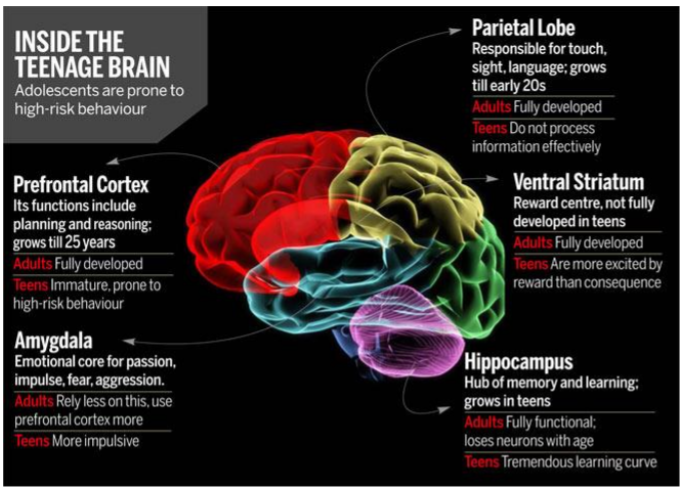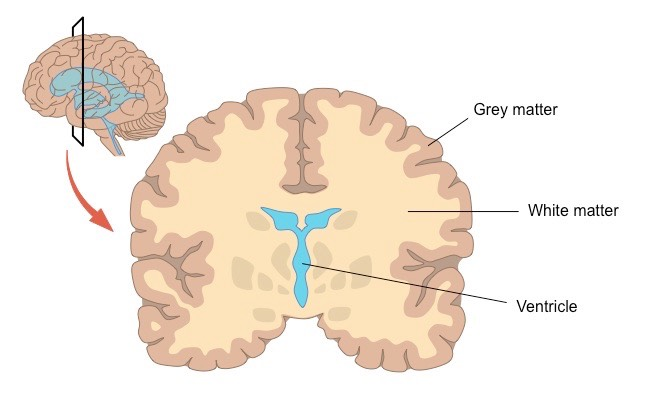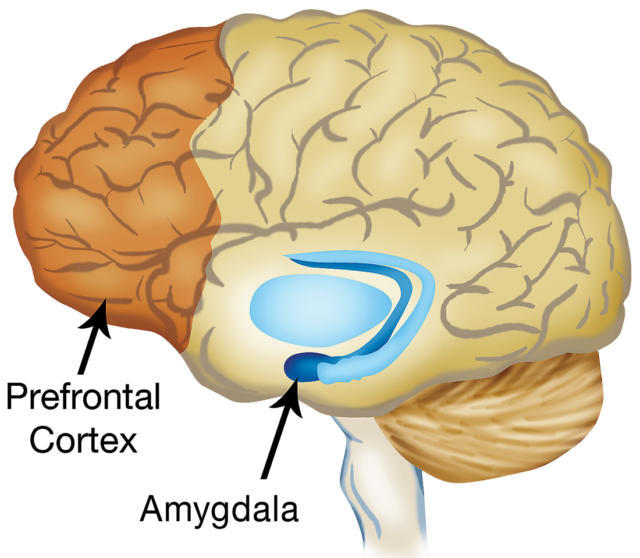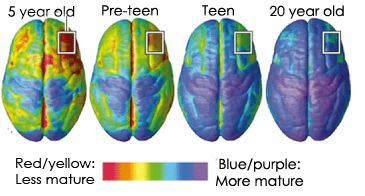The half-baked adolescent brain
Joan Joe. 01/22/2021

Adolescence is a phase of development marked by suboptimal decisions and behaviors. It’s associated with an increased rate of accidental injury, aggression, drug abuse, unintended pregnancy and sexually transmitted diseases. At times, it seems that teenagers do not think things through or thoroughly understand the implications of their actions. They differ from adults in the way they act, address conflicts and make choices.
There are over 13,000 youth deaths in the United States per year, according to the National Center for Health Statistics. Around 70% of these deaths are caused by motor vehicle collisions, accidental injury, murder and suicide. Results from the National Youth Risk Behavior Survey (YRBS) show that adolescents engage in behaviors that increase their chance of death or illness by driving after drinking, driving without a seat belt, using illegal substances, carrying weapons and/or engaging in unprotected sex that leads to unintended pregnancies and STDs, including HIV infections. The importance of recognizing risky decisions and actions in teenagers is underlined by these figures.
So why do adolescents act without caution?
A biological explanation for this disparity is available. Studies have shown that during childhood and adolescence and well into early adulthood, brains continue to mature and develop. When they’re very young, children’s brains have a huge growth spurt. By the time they’re six, about 90 to 95% of the adult size is already in their minds. But before it can function as an adult brain, the brain also needs a lot of remodeling. Even though the brains of all teenagers evolve roughly at the same time, there are still variations between individuals.
The relationship between genetics and the environment (nature and nurture) parallels the growth and development of the brain, as the latter is modeled on the features of the various developmental phases of human development.
The key change is that unused connections are ‘pruned’ away in the thought and processing section of the brain called the grey matter. White matter is a large, intertwining neural link system that joins all four brain lobes (frontal, temporal, parietal and occipital) and the limbic system’s emotional center of the brain. Other relations are improved at the same time. Based on the ‘use it or lose it’ concept, this is the brain’s way of being more successful. This phase of pruning begins in the back of the brain. The anterior portion, the prefrontal cortex, is remodeled last.

A particular area of the brain called the amygdala has been identified by scientists to be responsible for immediate responses, including fear and violent behavior. This develops first. Since the prefrontal cortex is still maturing, adolescents rely more on the amygdala to solve problems than adults do.
The prefrontal cortex is the brain’s decision-making organ, responsible for the ability to prepare and think about the effects of actions, solve problems and control impulses. Changes continue into early adulthood in this section. The prefrontal cortex keeps on developing until the age of 25.

Other brain changes during puberty involve a rapid increase in brain cell connections and making brain pathways more functional. Myelin, an insulating layer that lets cells communicate, is produced by nerve cells. For the production of organized thinking and actions, all these changes are necessary.
To further confuse matters for the teenage brain, not all sections develop on the same schedule, and schedules differ between individuals as well. The first sections to mature are primitive functions, such as motion and sensory processing (with boys maturing faster than girls in these areas). What we think of as ‘greater’ roles are on a much slower maturation timeline, such as impulse management, long-term planning, cognitive control and risk evaluation (with girls maturing faster than boys in these areas).

How Teenagers React to Emotions
The adolescent brain is somewhat different from that of an infant or adult when it comes to coping with emotion. For the very first time, the teenage brain experiences complex emotions (enhanced or damaged by hormones, depending on context); not only do teenagers lack the adult’s life experiences to control complex emotions, but the areas of the brain that manage one’s emotions are not yet completely formed.
When faced with intense or complicated feelings, teenagers are met with a double-whammy; they don’t know how to wield them, and even if they did, they wouldn’t have the brain systems in place to pull it off, as an adult brain might.
The Crucial Role of Parents and Peers
During the brain’s developmental stages, parents and peers play a vital role. The constantly accessed parts of the brain are improved, while the parts not used are pruned away. The teen brain is on a quest to build up what is needed and get rid of what isn’t, which is why a decline in grey matter in the early twenties is the final stage of brain maturation. With a good dollop of love, affection and support, bonds are formed and enhanced by repetitive exposure to new physical abilities, mental abilities and life experiences.
These variations in the brain do not mean that young people are unable to make good choices or distinguish between right and wrong. That also doesn’t mean that teenagers should not be held accountable for their actions. A knowledge of these disparities, however, will assist parents, teachers, advocates and policymakers to consider and healthily support adolescent behavior.
Cover Photo: (The Columbian)

Joan is a freshman in St. Antony’s Public School, India. She is intrigued by psychology and neuroscience and aspires to join research in neuroscience and STEM-related works. She hopes to help others pursue their passion for STEM through her platform. In her free time, she plays the piano, sings, and loves to read Dan Brown’s books.